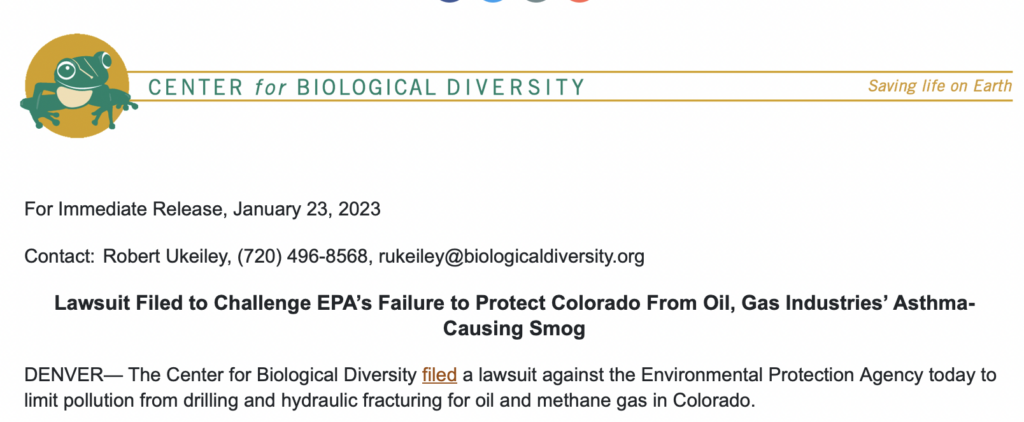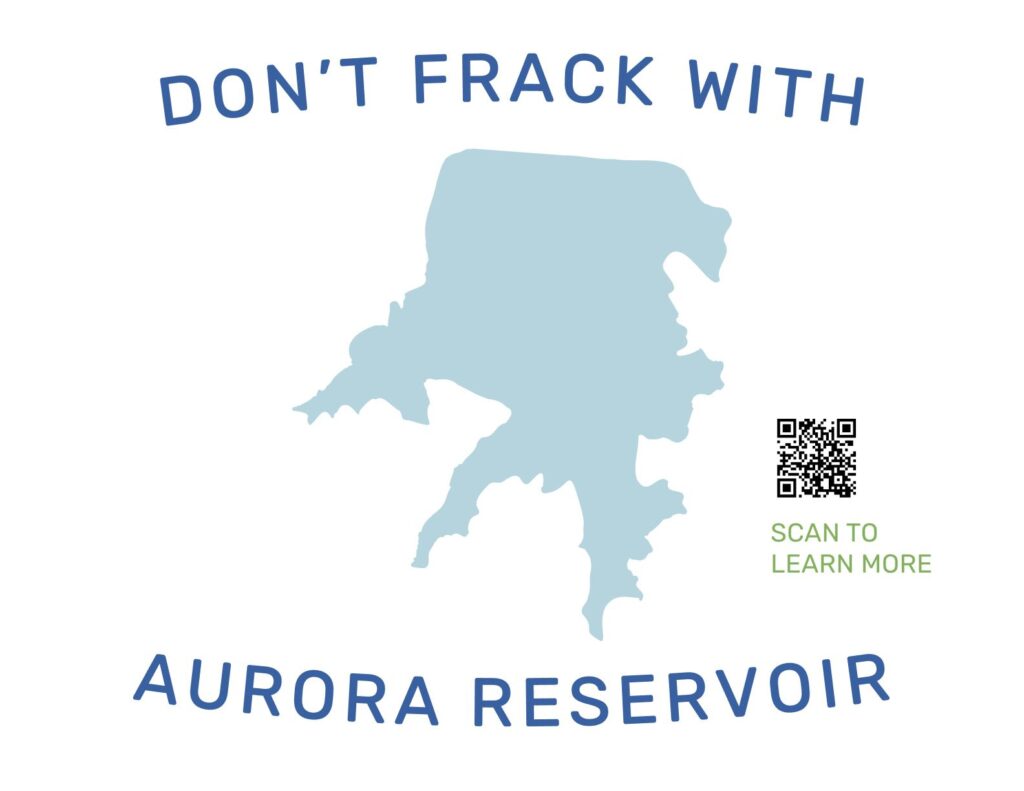Community Members Speak Out Against First Planned Well Pad in Lowry Ranch CAP
State Commission Hears Public Comments at Arapahoe Fairgrounds
On Monday night, Southeast Aurora residents once again showed up to send a clear and unambiguous message: Fracking is not welcome here. More than 25 Coloradans of all ages made well-considered, data-based, and respectful comments that expressed a wide range of reasons why the State La Plata South well pad application should not be approved in its current state. Roughly 70 people were in attendance, including three Commissioners from the Energy & Carbon Management Commission (ECMC), who hosted the event.
In his opening remarks, Commissioner Michael Cross noted that this was only the third-ever local public hearing under ECMC rule 511, and the second specific to Lowry Ranch Comprehensive Area Plan (CAP). The ECMC intends to hold similar local public hearings for each oil and gas development plan submitted under the Lowry Ranch CAP.
Some of the concerns raised by those who gave public comment are summarized below:
WILDFIRE & EMERGENCY PREPAREDNESS
- There is no emergency preparedness plan included in the State La Plata South oil and gas development plan submitted by Crestone Peak Resources ― yet it was deemed complete by the ECMC.
- The standard distance for evacuation from a chemical or industrial fire is up to one mile. When you draw a one-mile-radius evacuation zone around each well pad in Lowry Ranch CAP, there are multiple overlaps with reservoirs, houses, schools, and the Lowry Landfill Superfund site.
- The fire department listed as responsible for emergency services is at least 12 miles away from the proposed well locations. Wildfires can spread at 15 miles per hour or faster, depending on wind conditions.
WATER SUPPLY
- Colorado has abundant energy resources and a dwindling water supply. The State La Plata well pad expansion will consume and permanently remove 361 million gallons from our water supply, which is enough water for all 5 million Colorado residents to live on for two weeks. In return, we will add to the U.S.’s current (and likely growing) surplus of oil and gas.
- Statistically, it is highly probable that there will be spills and leaks of toxic chemicals from the proposed new wells. Due to their location, those chemical spills are likely to enter our water supply. The contaminants will not stay in the Aurora Reservoir; they will join the Platte River Basin, a watershed that supplies much of the American West.
HEALTH & AIR QUALITY IMPACTS
- Children who live within 2-5 km of fracking wells are at increased risk of developing acute lymphoblastic leukemia (ALL). There are at least 10,000 households and numerous public and private schools within 5 km of the wells proposed as part of the Lowry Ranch CAP.
- Other health risks are difficult to quantify without knowing what specific chemicals and toxins will be used in the operation of the wells. Unfortunately, the ingredients used in the operator’s proprietary blends are not disclosed to the public or even to emergency response personnel.
- The cumulative impacts report included in the application references studies done by the Center for Toxicology and Environmental Health (CTEH) in a different part of the state. The data collected appears to be very limited and many important details are missing from the report.
- In addition to emissions estimates noted in the cumulative impacts report, the application estimates that constructing and operating the 17 planned new wells at State La Plata South will require more than 600,000 diesel road miles in truck traffic, significantly adding to pollution in an area that already experiences many air quality alert days.
Commenters didn’t just highlight problems; they also suggested potential ways to make the plan more protective of the environment and public health, in line with the ECMC’s goals.
- Rather than relying on research from CTEH, whose data collection and research has repeatedly been called into question by health and environmental experts, the state could conduct an unbiased study from a neutral third party.
- To provide better assurances to the community, including schoolchildren who personally voiced their concerns about air and water quality at the hearing, monitoring should be greatly expanded. Broomfield has successfully implemented an effective community air quality monitoring program that can be used as a model.
- One way to reduce the risk of spills into our watershed is to transport oil and produced water via pipelines instead of trucks. This change would also significantly decrease emissions from heavy-duty vehicles traveling to and from the wells.
- Crestone Peak touts their ability to drill extended-reach laterals as a competitive advantage. It seems feasible, then, for them to conduct an alternative location analysis that would move the wells further away from the reservoir and Superfund site.
- If the operator is unwilling to submit an application that adequately mitigates risk to the surrounding environment and community, and chooses not to further develop Lowry Ranch, the State Land Board can profitably use the land in other ways. For example, the location is well-suited for both solar and geothermal energy.
The ECMC will continue to accept written public comment through Sunday, February 2. (See: How to make a public comment.) Additionally, Commissioner Michael Cross noted that there will be an opportunity to comment at the ECMC’s adjudicated hearing, which is scheduled to take place via Zoom on March 19.


